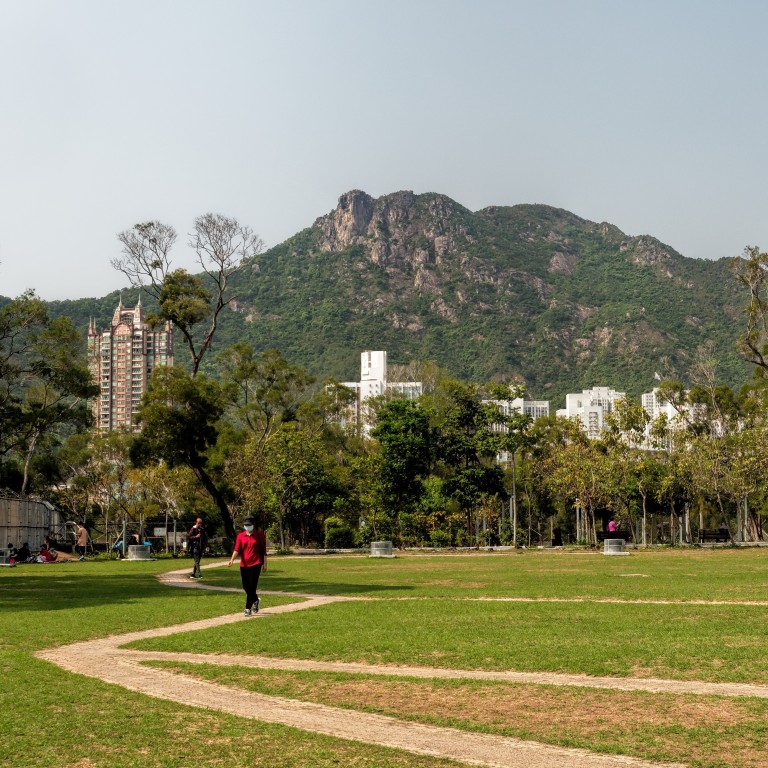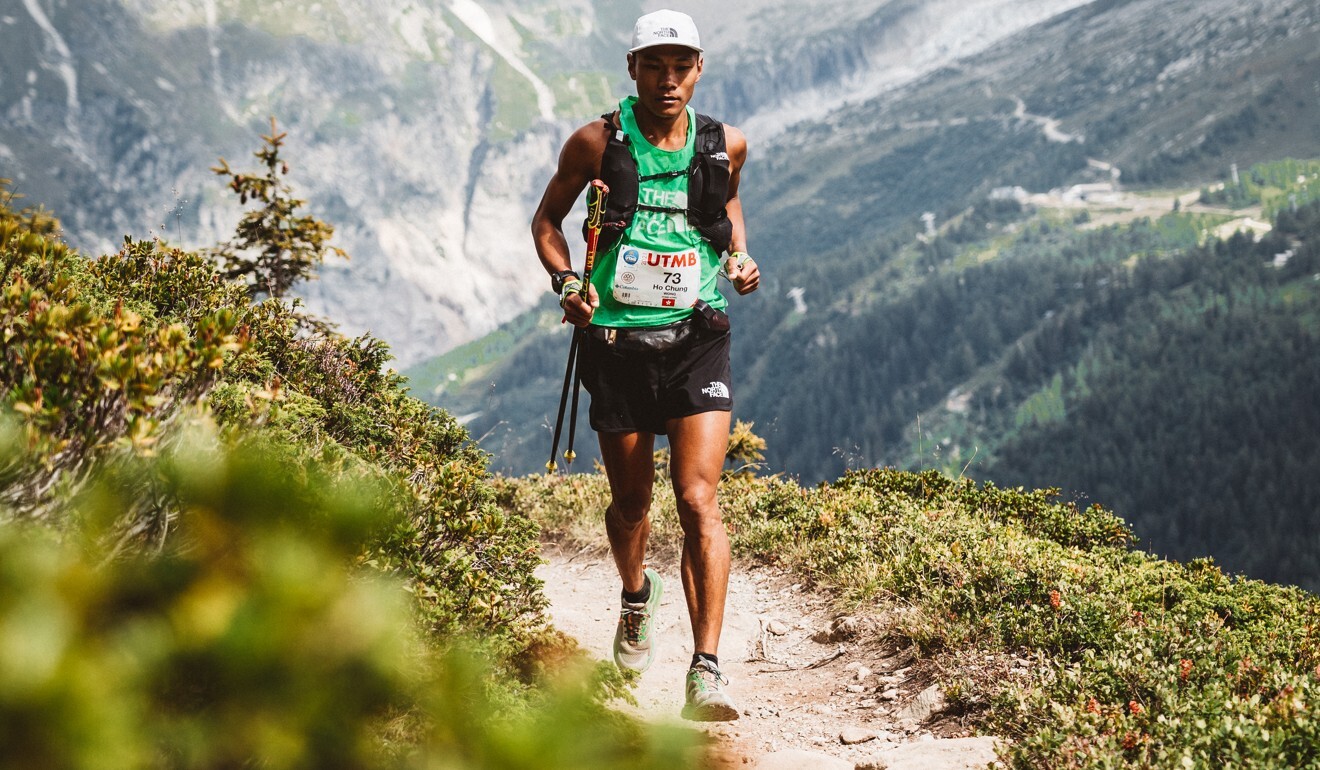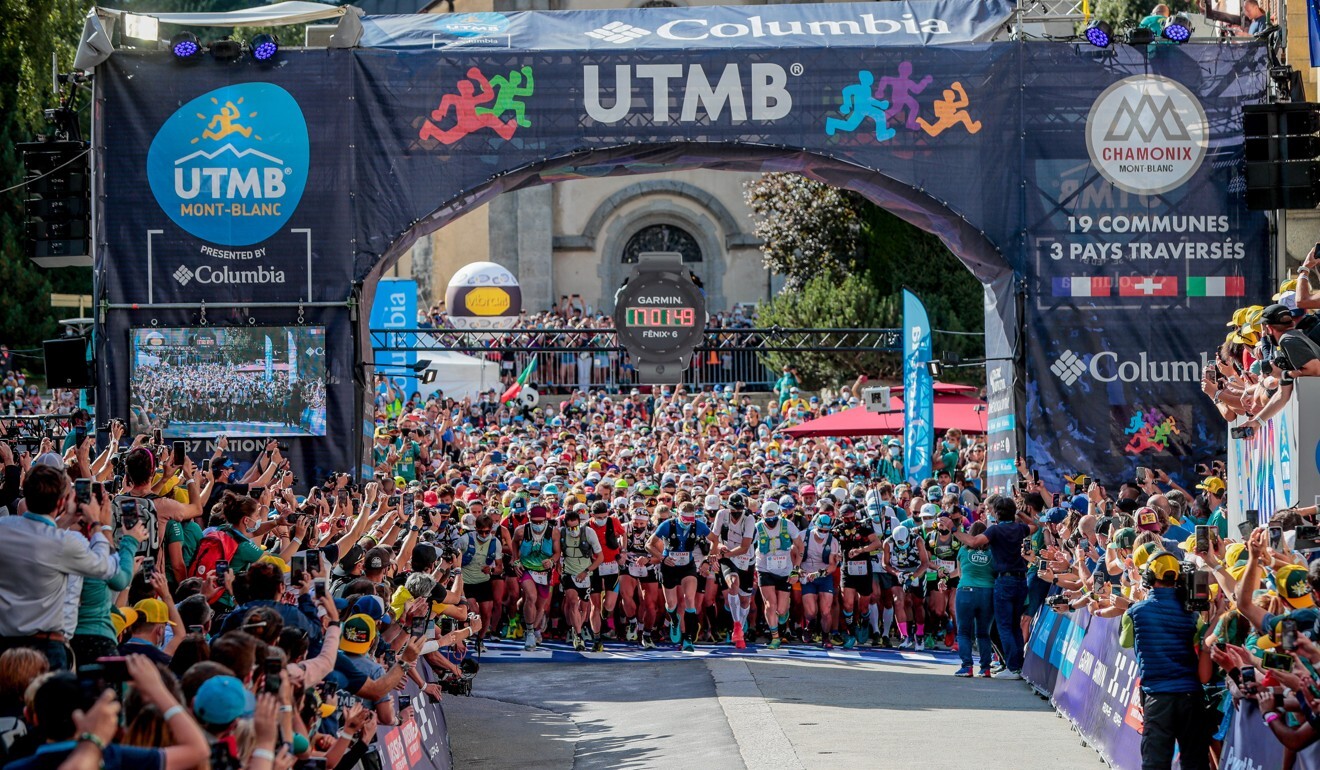
Training for trail or ultra running should include walking and lots of it
- Walking is an easy way to increase your volume without needing to commit a great deal more time to your training programme
- Walking is good base training, as 80 per cent of runners’ training programmes should be considered ‘easy’
If you are training to run a trail race or ultramarathon the obvious thing to do is run. But, perhaps counter-intuitively, you should include walking in your training programme and a lot of it.
There are a number of reasons for this to do with training intensities, injury prevention and fitting volume into your busy schedule.
Base training
The days of “no pain, no gain” are over. Sport science has moved on and now even the top athletes dedicate about 80 per cent of their training to “easy sessions”, often called “base training”. A range of studies have shown that those who follow the 80/20 split for intensity see the most gains in their fitness (and then ultimately an improvement in their race times). Walking can achieve some of the 80 per cent, and the rest can be done through a variety of speeds or inclines depending on your fitness and goals.
And it is not just for elite athletes, who have the time to do low intensity sessions. Amateur runners have the most to gain because they are more likely to get their balance wrong and go too fast, too often. An easy session often feels too easy when you have limited time, but will pay dividends if you have the discipline to go slow.

Walking is a great way to get hours of easy training in. It is especially good for trail running because undulating terrain means you will be walking up hills at times during your race. It is perfect for ultra running, as the race is so long, runners will be operating at a very low intensity during the race itself.
How to use heart rate zones when training
Fitting volume into your schedule
Training for long distance running is as much about spending time on your feet as it is about your aerobic systems. Ultra races can last hours or days, and your feet and knees need to be used to taking your weight for that amount of time. If you just do fast sessions, and not long slow sessions, you will risk an overuse injury on the day of the race.
Runners often judge their training by volume per week or month, rather than specific long training runs, as a way to monitor their overall time or distance for their goals. Weekly volume counts for more than irregular blockbuster sessions.

It can be hard enough to fit in a 10-kilometre run, let alone hours of low-intensity sessions. But who says it has to be designated training time?
Walking is an easy way to rack up masses of volume without actually taking time out your day. If you walk, rather than take transport, you might be a bit slower arriving at your destination, but ultimately – as you would be travelling during that time anyway – it takes less time out your day overall than travelling by transport and doing hours of walking later.
Commute by foot, go to meetings by foot, walk to the shop and back by foot. It all adds up, and suddenly you have spent an additional few hours on your feet a day just by doing your daily chores or admin.
Injury prevention
When you have a goal or race and you feel yourself getting fitter, it is tempting to keep pushing. This usually results in an overuse injury, setting you back months and undoing all your good work.

